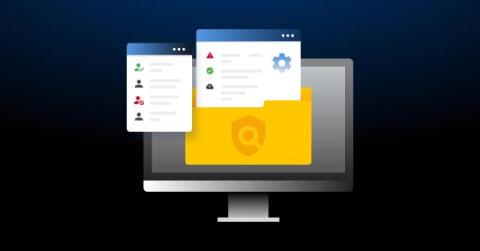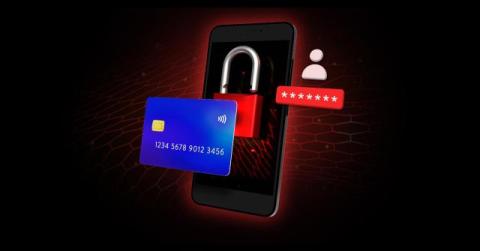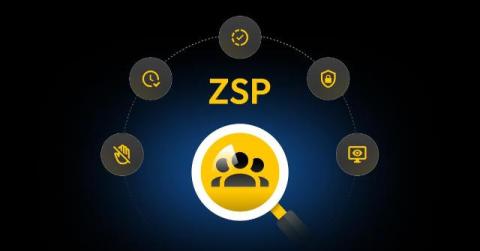What Is an Audit Trail? Importance and Steps To Implement It
An audit trail, also known as an audit log, records actions and operations within an organization’s system in great chronological detail. Audit trails can be used in various ways; specifically, in cybersecurity, they identify security violations by detecting who accessed data, what changes were made and when an action occurred.






